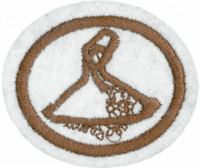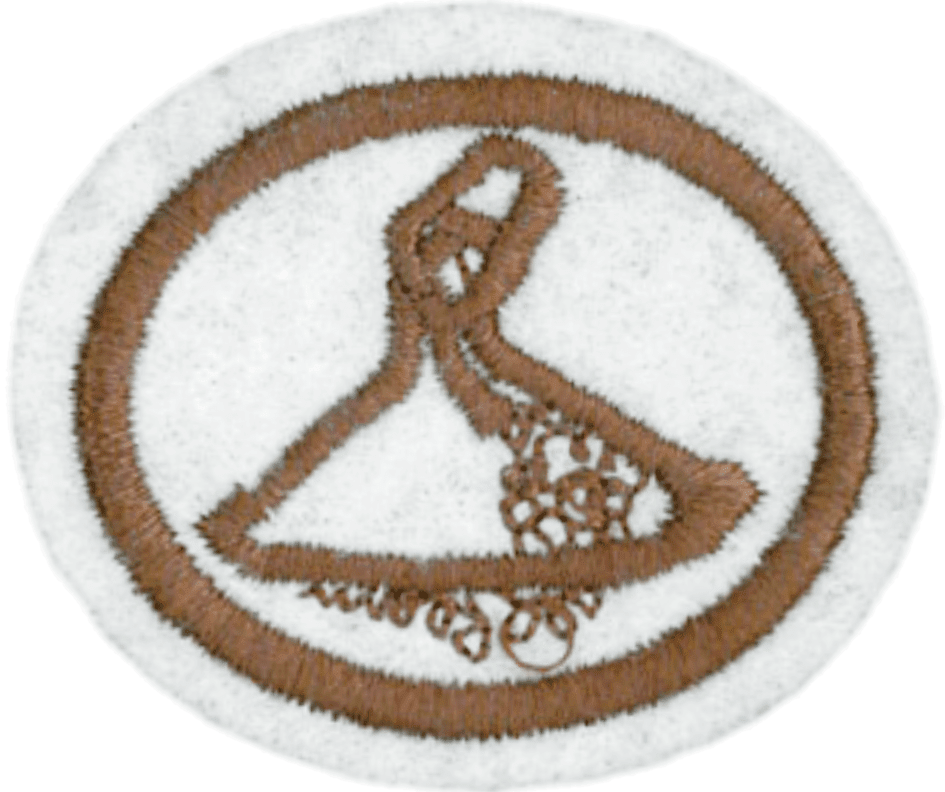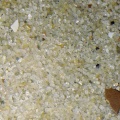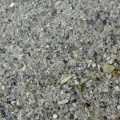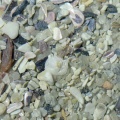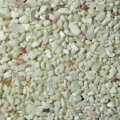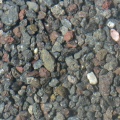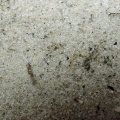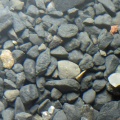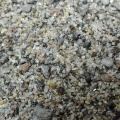Difference between revisions of "AY Honors/Sand/Answer Key/es"
(Created page with "Especialidades JA/Arena/Respuestas") |
(Created page with "<noinclude>") |
||
| Line 57: | Line 57: | ||
</div> | </div> | ||
| − | + | {{clear}} | |
| − | |||
| − | |||
| − | + | {{clear}} | |
| − | |||
| − | |||
| − | |||
| − | |||
| − | + | {{clear}} | |
| − | |||
| − | |||
| − | |||
| − | + | {{clear}} | |
| − | |||
| − | |||
| − | |||
| − | |||
| − | |||
| − | + | {{clear}} | |
| − | |||
| − | |||
| − | |||
| − | |||
| − | |||
| − | + | {{clear}} | |
| − | |||
| − | |||
| − | |||
| − | |||
| − | |||
| − | + | {{clear}} | |
| − | |||
| − | |||
| − | |||
| − | |||
| − | |||
| − | + | {{clear}} | |
| − | |||
| − | |||
| − | |||
| − | |||
| − | |||
| − | + | {{clear}} | |
| − | |||
| − | |||
| − | |||
| − | |||
| − | |||
| − | + | {{clear}} | |
| − | { | ||
| − | |||
| − | |||
| − | |||
| − | |||
| − | |||
| − | |||
| − | |||
| − | |||
| − | |||
| − | |||
| − | |||
| − | |||
| − | |||
| − | + | <noinclude></noinclude> | |
| − | <noinclude | ||
| − | |||
{{CloseReq}} <!-- 5 --> | {{CloseReq}} <!-- 5 --> | ||
{{ansreq|page={{#titleparts:{{PAGENAME}}|2|1}}|num=6}} | {{ansreq|page={{#titleparts:{{PAGENAME}}|2|1}}|num=6}} | ||
| Line 141: | Line 86: | ||
</div></noinclude> | </div></noinclude> | ||
{{ansreq|page={{#titleparts:{{PAGENAME}}|2|1}}|num=6a}} | {{ansreq|page={{#titleparts:{{PAGENAME}}|2|1}}|num=6a}} | ||
| − | <noinclude> | + | <noinclude></noinclude> |
| − | </noinclude> | + | <noinclude></noinclude> |
| − | |||
| − | <noinclude | ||
| − | |||
{{CloseReq}} <!-- 6a --> | {{CloseReq}} <!-- 6a --> | ||
{{ansreq|page={{#titleparts:{{PAGENAME}}|2|1}}|num=6b}} | {{ansreq|page={{#titleparts:{{PAGENAME}}|2|1}}|num=6b}} | ||
| − | <noinclude> | + | <noinclude></noinclude> |
| − | </noinclude> | + | <noinclude></noinclude> |
| − | |||
| − | <noinclude | ||
| − | |||
{{CloseReq}} <!-- 6b --> | {{CloseReq}} <!-- 6b --> | ||
{{ansreq|page={{#titleparts:{{PAGENAME}}|2|1}}|num=6c}} | {{ansreq|page={{#titleparts:{{PAGENAME}}|2|1}}|num=6c}} | ||
| − | <noinclude> | + | <noinclude></noinclude> |
| − | </noinclude> | + | <noinclude></noinclude> |
| − | |||
| − | <noinclude | ||
| − | |||
{{CloseReq}} <!-- 6c --> | {{CloseReq}} <!-- 6c --> | ||
{{ansreq|page={{#titleparts:{{PAGENAME}}|2|1}}|num=6d}} | {{ansreq|page={{#titleparts:{{PAGENAME}}|2|1}}|num=6d}} | ||
Revision as of 15:48, 22 April 2021
1
2
Sand is a naturally occurring granular material composed of finely divided rock and mineral particles. As the term is used by geologists, sand particles range in diameter from 0.0625 (or 1⁄16 mm) to 2 millimeters. An individual particle in this range size is termed a sand grain.
3
Sand is formed through two primary processes - Physical and Chemical.
4
Sand is composed of inorganic material, even if it had biogenic origins (shells, coral, diatoms, foraminfera). Soil, however, is made up of sand, silt, clay, and organic humus (broken down plant and animal matter).
5
Shape
The shape of a grain of sand can tell us about its history. Rounded grains are those which are relatively old, the rounding being caused by the grain getting blown around by wind or pushed around by water. Grains with more angular surface are relatively young, not having had time to get rounded by the forces of nature.
6
6a
6b
6c
6d
Glass sand is sand with low iron content, and high silica (SiO2) content. This type of sand is ideal for glass making.
6e
Molding sand, foundry sand, or green sand is sand that when moistened or oiled tends to pack well and hold its shape. It is used in the process of sand casting.
6f
Sand can be used as an abrasive material for polishing materials. Several different grain sizes, gradually growing smaller, are used to polish surfaces.
6g
Building sand is used for making concrete. Sharp sands (with angular surfaces) are preferred.
6h
Sand can be used to filter water or other liquids. A media filter is a type of filter utilizing a bed of sand, crushed granite or other material to filter water for drinking, swimming pools, aquaculture, irrigation, stormwater management and other applications.
6i
Furnace sand is used for lining the floor of industrial furnaces which are used for processing molten metals (such as steel).
6j
Sand created by the wave action of a lake. A prime example would be the Indiana Dunes National Lakeshore in northwest Indiana. Depending on its mineral origin, lake shore sand is often used for foundry work.
7
Using a hand lens or a microscope, examine the sand grains, looking for the features described in requirement 5 (shape, surface, grain fracture, and grain size). You can also note its color and its variability are all the grains the same size? Are they all the same shape, or are there big differences from one grain to the next?
1. Port Melbourne, Australia. Primarily mineral origin.
2. Bar Harbor, Maine. A mixed mineral and biogenic sand.
3. Sea Point, Capetown, Southafrica. Primarily biogenic.
4. Mona Island, Puerto Rico. A biogenic sand.
5. Soesogakk, Jeju, South Korea. Volcanic origin.
6. Mustang Island, Texas. An example of very fine sand.
7. Lake Champlain, Vermont. An example of a very coarse sand.
8. Columbia River, Oregon. An example of riverine sand.
8
I will surely bless you and make your descendants as numerous as the stars in the sky and as the sand on the seashore. Your descendants will take possession of the cities of their enemies
- Stone is heavy and sand a burden,
- but provocation by a fool is heavier than both.
- How precious to me are your thoughts, O God!
- How vast is the sum of them!
- Were I to count them,
- they would outnumber the grains of sand.
- When I awake,
- I am still with you.
